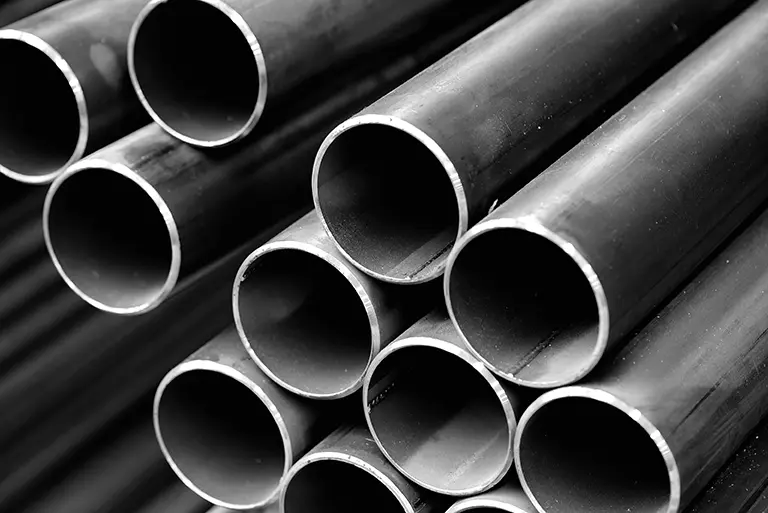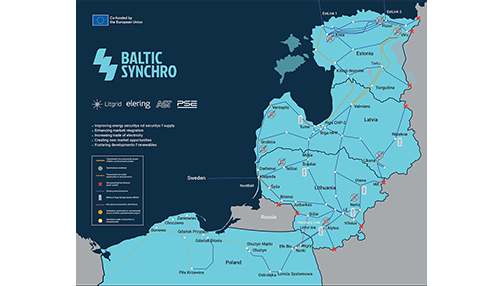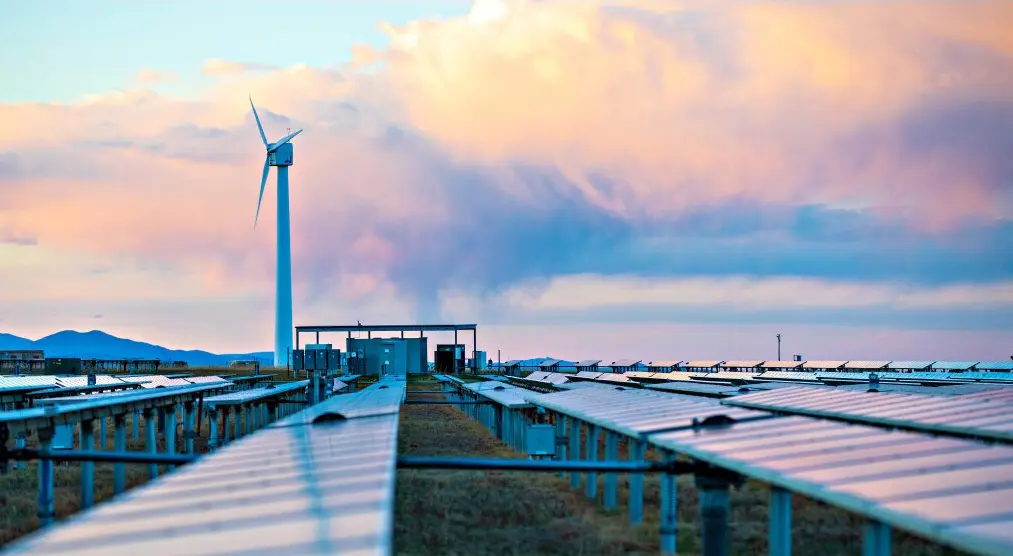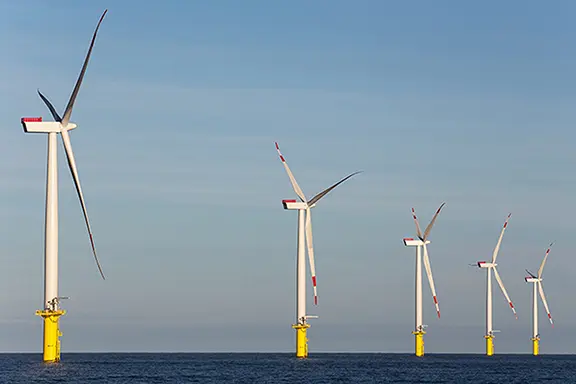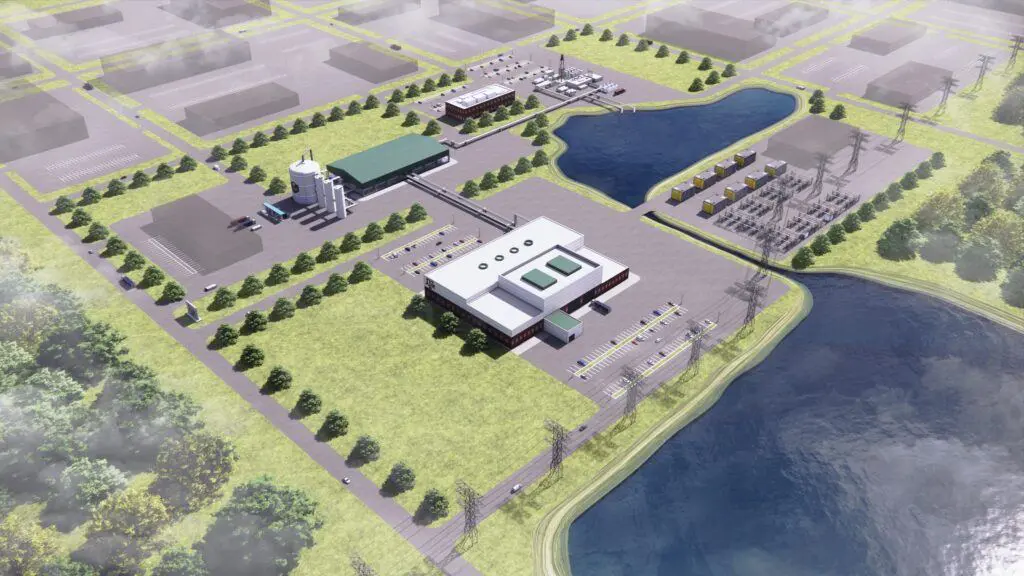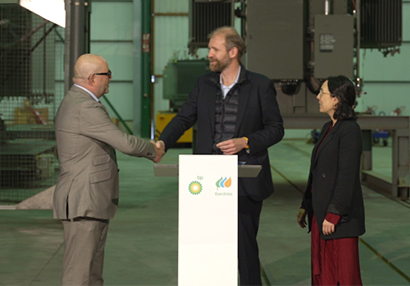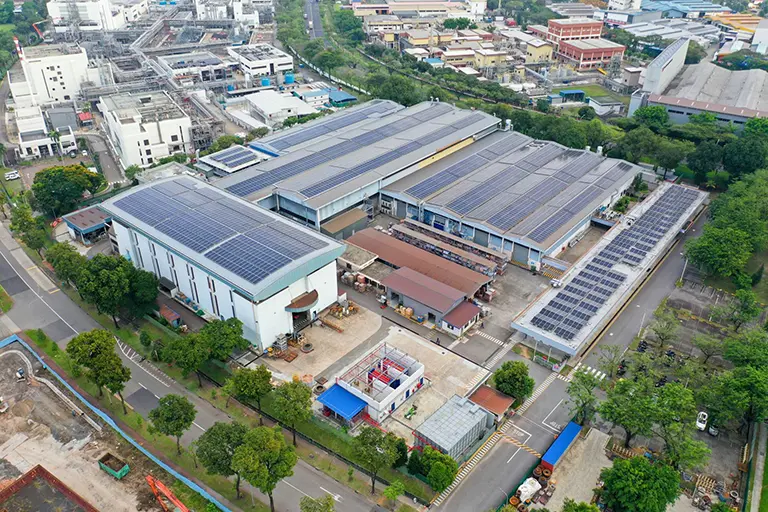
The Bridge To The Energy Transition
Low Natural Gas Prices No Match For Tailwinds Driving Industry Opportunities
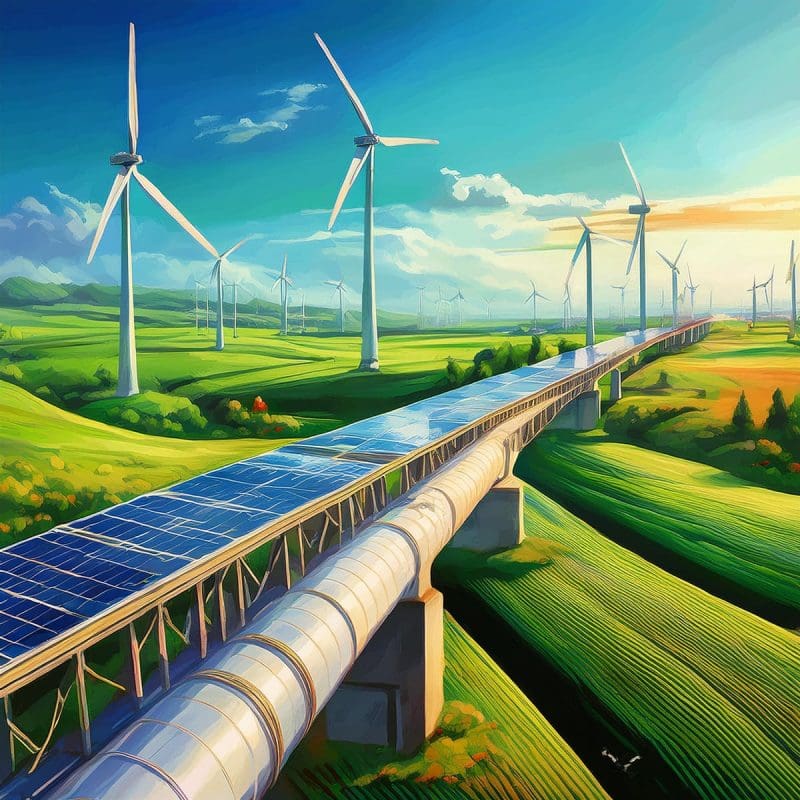
Consolidation has been, and continues to be, a major theme in the oil and gas industry. 2023 and 2024 saw a surge in merger and acquisition (M&A) activity, from high profile deals like ExxonMobil completing its merger with Pioneer Natural Resources. There were also targeted shakeups within the oil and gas subsegment of gas compression which brought major changes to the overall oil and gas marketplace. For example, Atlas Copco Group acquired Zahroof Valves, Archrock completed its acquisition of Total Operations and Production Services, Nova Compression acquired the natural gas compression assets from Kodiak Gas Services, and more. In January 2025, the gas compression industry underwent another major shakeup when Cooper Machinery Services announced the acquisition of ACI Services Inc.
In severe downturns, companies may consolidate out of desperation or financial insolvency, but that’s not what’s happening in the industry right now. Rather, this wave of consolidation comes from a position of strength, especially considering borrowing costs are high due to elevated interest rates.
Companies with deep pockets are choosing to reinvest capital back into the industry rather than overly diversify into other endeavors. Businesses that are getting acquired are fetching premium valuations relative to historical levels.
Movements in public markets demonstrate the broadening of M&A activity. In 2021, exploration and production companies led the energy sector higher as oil and gas prices recovered from the 2020 downturn. In 2022, oil majors posted big returns, setting the stage for a flurry of M&A activity. In 2023 and 2024, the midstream industry made big gains. The Alerian MLP exchange-traded fund, which includes a variety of petroleum and natural gas pipeline transportation, gas gathering and processing, liquefaction, compression, and marketing and distribution companies, gained over 20% every year from 2021 to 2024. Share prices of midstream majors like Williams Companies, Kinder Morgan, Oneok, and Energy Transfer soared over 42% in 2024.
Capital expenditure (capex) forecasts indicate that the industry is still in spending mode, even as oil and gas prices fall to mid-cycle levels. ExxonMobil is projecting 10-year high capex in 2025, while Chevron is only slightly pulling back.
However, the real boom isn’t in the companies that are exploring for and producing oil and gas, but rather, those moving gas from wellhead to city gate.
Industry Growth Drivers
Natural gas plays an integral role in the US energy mix but could lose some market share to renewables over time. Especially in the residential segment. Even so, US natural gas production could continue climbing to support rising liquefied natural gas (LNG) exports to buyers overseas and the growing need for natural gas in the commercial space.
Major tech companies are budgeting record capex in 2025, with a lot of that spending going toward artificial intelligence (AI) investments. Amazon is projecting a staggering US$100 billion in 2025 capex, Microsoft is penciling in US$80 billion, Alphabet is targeting US$75 billion, and Meta Platforms is forecasting US$65 billion.
AI is a technological marvel, but it can also be incredibly energy intensive. Natural gas provides a way to power graphics process units (GPUs) that are handling increasingly complex AI workflows demanded by large language models. Computational requirements could continue increasing as AI evolves, leading to even more electricity demand. That means more infrastructure to support gas gathering, pre-compression at the wellhead, multi-stage compression at compressor stations along pipelines, and pressure reduction at the delivery point. Natural gas coats the electric grid in a layer of reliability, insulating it from the risks of intermittent power sources so that racks of energy intensive GPUs can churn through the code behind the AI evolution.
The combination of increased LNG exports and AI demand can more than offset gradually declining residential natural gas demand, creating a gold mine for gas compression even as the energy transition advances.
“As we’ve discussed for several quarters, this is a highly constructive market for compression,” said Archrock Chief Executive Officer, Brad Childers, on the company’s Q3 2024 earnings call. “Like gathering systems, processing plants, and pipelines, compression is mission-critical infrastructure for natural gas transportation and for oil production. Given the structural increase in natural gas demand ahead, the midstream sector, compression industry, and Archrock are all on the cusp of an expanding opportunity set. A wave of global LNG projects that have already been approved and sanctioned are expected to result in a sustained call on US natural gas production beginning in 2025. And more recently, additional electrical generation to support AI and data center buildouts in the US is a developing trend that augments the opportunity set for natural gas. Our customers will need our equipment, our service, and our people to move gas to market to satisfy this additional demand, and about 70% of our operating fleet is deployed on midstream gathering applications to do just that. For the other 30% deployed in gas lift applications for oil production, we see an equally exciting outlook. As more oil is produced, the demand for compressors directed at gas lift also increases.”
Pipeline and infrastructure majors are ramping spending to try to catch up to gas transportation and storage needs.
“These [growth] drivers are creating enormous opportunities for expansion of the natural gas pipeline and storage system across America and especially in the Gulf Coast and southeast regions,” said Kinder Morgan Executive Chair, Rich Kinder, on the company’s Q4 2024 earnings call. “At the beginning of this new calendar year, I thought it might be appropriate to be a little more specific about Kinder Morgan’s response to those opportunities. In the last few months, we have announced the [final investment decision] FID of four new major projects: the expansion of our GCX system out of the Permian Basin; our SS4 Expansion on our Southern Natural Gas system; our Mississippi Crossing line, which will serve as SS4 and other increased demand in the Southeast; and our Trident line, which we announced today, which will serve growing demand in the Southeast Texas region, including the new Golden Pass LNG facility. Altogether, these new projects will entail capital expenditures net to us in excess of US$5 billion and will have the capacity to transport over 5 Bcf a day of natural gas.”
The surge in midstream capex marks a dramatic step change. Midstream companies had been gradually reducing capex since the downturn of 2014 and 2015. 2025 marks a noticeable shift in budgeting, as midstream giants race to construct the invaluable arteries that transport fuels from areas of production to areas of processing, storage, and consumption.
An Upbeat Outlook
It’s an exciting period for gas compression given the continued evolution of the LNG industry and AI-driven demand.
Every December, trade journal Gas Compression Magazine ask its readers if they think the next year will be better for the gas compression industry, the same, or worse. It’s an optimistic bunch, as December 2019 has been the only time in the last nine years where less than half of respondents said the coming year would be better. However, oil and natural gas prices tend to drive sentiment.
Table 1 shows that December 2021 was the most optimistic survey on record, as 76% of survey respondents thought the next year would be better than last. And for good reasons, as the industry was rapidly recovering from the COVID-19 pandemic and oil and gas prices were surging.

Interestingly enough, 2024 was the Gas Compression Magazine Reader Survey’s second most optimistic survey on record even though natural gas prices averaged near decade lows in 2024 and oil prices have stagnated. Perhaps some of the optimism comes from less regulatory pressure and an administration that could prove favorable to the oil and gas industry. But the long-term trends are the far more compelling story.
Leveraging Existing Infrastructure To Power The Energy Transition
In addition to natural gas’s role in international exports and AI, another major boon for the industry is growing demand for hydrogen gas compression and compression for carbon capture utilization and storage (CCUS).
In its December 2024 corporate update, ExxonMobil said it plans to pursue up to US$30 billion of low emission opportunities between 2025 and 2030, with almost 65% spent on reducing emissions for third-party customers. Back of the napkin math suggests ExxonMobil would be spending around a fifth of its capex on low emission opportunities, a substantial amount for an oil major that has historically been resistant to the energy transition. A big part of that investment is going toward CCUS. In October, ExxonMobil executed the largest offshore carbon dioxide (CO2) storage lease in the US with the Texas General Land Office, positioning the US Gulf Coast to be a leader in CCUS.
Original equipment manufacturers are aggressively investing in big iron that can run on a variety of fuels or fuel blends, like natural gas and hydrogen. A common phrase being used in recent discourse is “future proof,” meaning environmental and economic factors are accounted for so that equipment can thrive no matter what the energy transition brings.
Last year, SIAD Macchine Impianti (SIAD MI) of Italy introduced a new compressor for the transportation and hydrogen refueling station market. The high-pressure reciprocating machine is designed for wet and dry hydrogen compression up to 7977 psi (550 bar).
Hoerbiger recently added to hydrogen’s growing momentum by introducing a new hydrogen compressor package and opening a dedicated packaging facility in Slovakia. The Hoerbiger Hydrogen Compressor Package (HCP 500) can provide 551 pounds (250 kg) of hydrogen per hour at up to 7250 psi (500 bar). The HCP 500 features the Ariel KBH vertically oriented reciprocating compressor. Designed for hydrogen fueling, this high-flow compression solution can handle various inlet and outlet pressures for different hydrogen applications.
Hydrogen is a way to leverage existing value chains and industry prowess to achieve emissions reductions targets. Just as natural gas was seen as a bridge between fossil fuels and renewables, hydrogen has become a bridge connecting legacy natural gas players to the epicenter of the energy transition.
A Booming Bonanza
Getting too caught up in short-term ebbs and flows in oil and gas prices can lead to tunnel vision that misses the big picture. Or in this case, the gas compression gold mine that is hiding in plain sight.
It wasn’t long ago that the industry was held back by fears that natural gas production, transportation, compression, and storage was bound to shrink over time. Now, the narrative has completely flipped in the industry’s favor.
The power generation industry is by far the largest consumer of natural gas. Natural gas can work with renewables to power the growing electricity demands from data centers.
Natural gas can play a growing role in transportation fuels, such as compressed natural gas for fleets and long-haul trucking.
More natural gas production and associated infrastructure will be needed to support new LNG projects and existing project capacity expansions.
Blending hydrogen with natural gas can help companies and countries reach decarbonization targets without putting existing infrastructure to waste. New hydrogen compressor packages showcase the substantial capital backing that is supporting the growing hydrogen industry. The final rule for the clean hydrogen tax credit provides the clarity needed to scale clean hydrogen projects (see “Jumpstarting The Clean Hydrogen Economy – The Final Rule For 45V,” January 15, 2025, www.esgreview.net).
Like hydrogen, CCUS has the potential to decarbonize the oil and gas industry by using (instead of decommissioning) existing infrastructure. By 2034, global carbon capture capacity will reach 440 MTPA and storage capacity will reach 664 MTPA, requiring US$196 billion in total investment, according to a recent report from Wood Mackenzie. Nearly half of the investment globally is associated with CO2 capture, with the remaining US$53 billion from transport and US$43 billion from storage. About 70% of the investment will be in North America and Europe across the value chain.
Despite relatively inexpensive oil and natural gas prices, the gas compression industry’s future has arguably never been brighter. The long-term tailwinds support growth from a variety of end markets. The energy transition has become an opportunity, rather than a threat. Financial markets are valuing natural gas infrastructure and equipment capabilities on a long-term time horizon rather than discounting them based on the assumption the industry will get smaller. The gas compression industry has been swept up in the wave of consolidation as industry players pour money into organic growth and M&A.

